
views
Preparing to Paint
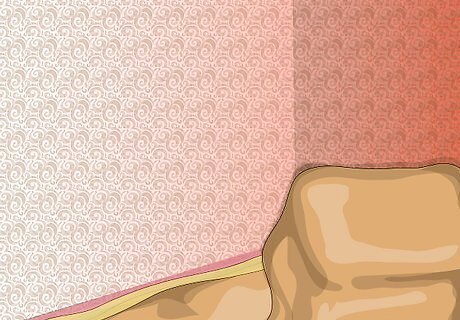
Prepare the room for painting as you normally would. Cover the floors and furniture, fill any small holes, remove outlet covers, tape off the trim and cut in the corners with a brush.
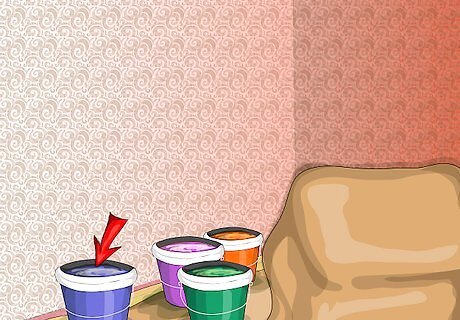
Choose a semi-gloss alkyd paint. This type won't be as readily absorbed by the texture as latex. Alkyd paint is also easier to clean, which is important on textured walls because they attract more dirt. Don't paint a textured wall white.
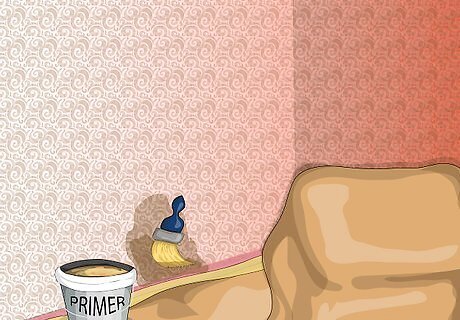
Test a alkyd primer on a small portion of the wall. A test is necessary to confirm the water-fastness of the texture. If the texture starts to soften and fall off, you will have to use an airless paint sprayer to paint the walls. If the texture holds up, you can use a brush or roller.
Painting with a Brush
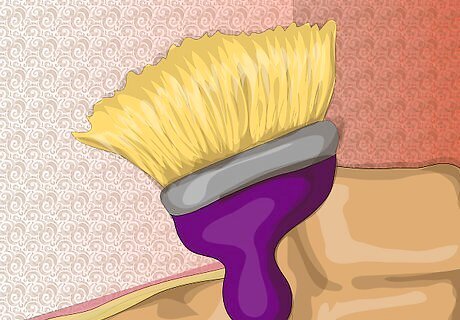
Choose a wide, soft brush, called a wall brush.
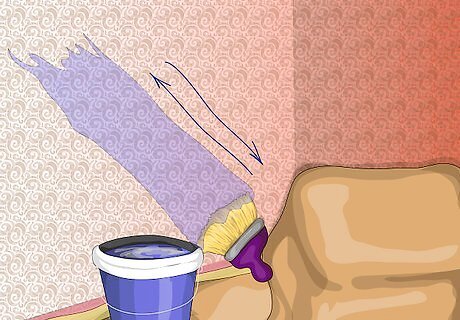
Paint diagonally first in one direction, then the other. This will help ensure that paint covers every part of the textured wall. It also hides the brush strokes.
Painting with a Roller
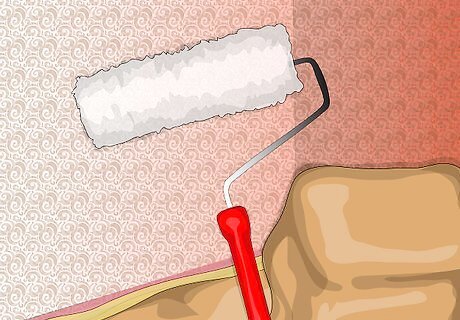
Choose a good 9-inch (23 cm) lamb shearling roller cover with a 3/4-inch (2 cm) nap. If this fails to adequately cover the texture, switch to one with a 1 1/4-inch (3 cm) nap.
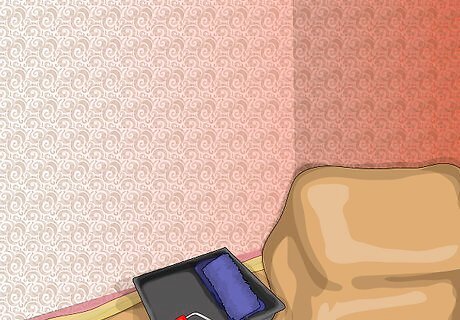
Fully load the roller with paint. Dip the roller in the paint several times and rake it over a screen to distribute and take off the excess paint. Don't dip the roller into the paint so far that paint enters the hollow center. This will leave drips of paint on the walls.
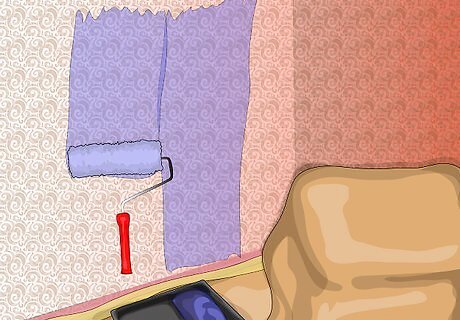
Cover the wall in overlapping vertical strokes. If this doesn't do an adequate job, roll the paint on in a "V" pattern, then follow up with vertical strokes. Because of the amount of paint that the roller will hold and the increased possibility of splatter, use the roller more slowly than if you were painting a smooth wall.
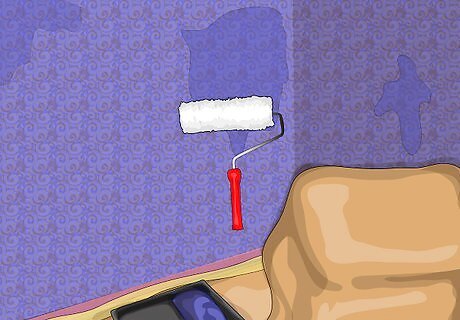
Check for areas that have too much paint on them. Remove the excess with a dry roller.
Painting with an Airless Sprayer
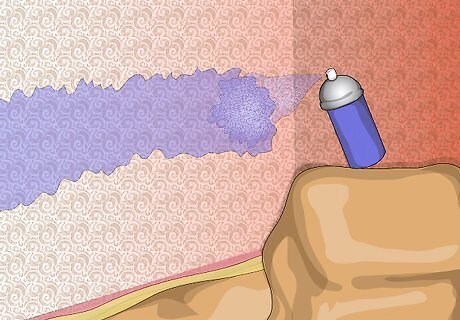
Paint in 4-foot (1.2 meter) horizontal strokes. Overlap the each previous section by about 50 percent.
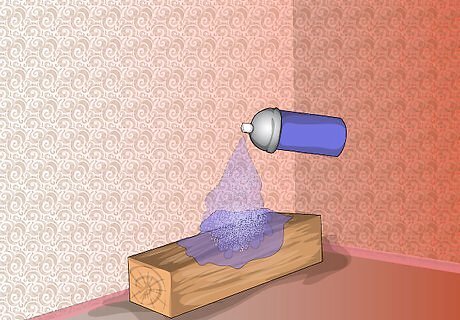
Practice on a piece of scrap wood to learn how fast to lay down the paint. Going too fast won't cover everything, and going too slow will cause drips.




















Comments
0 comment